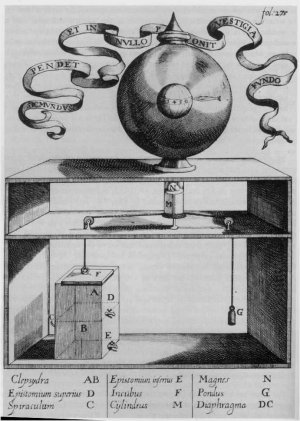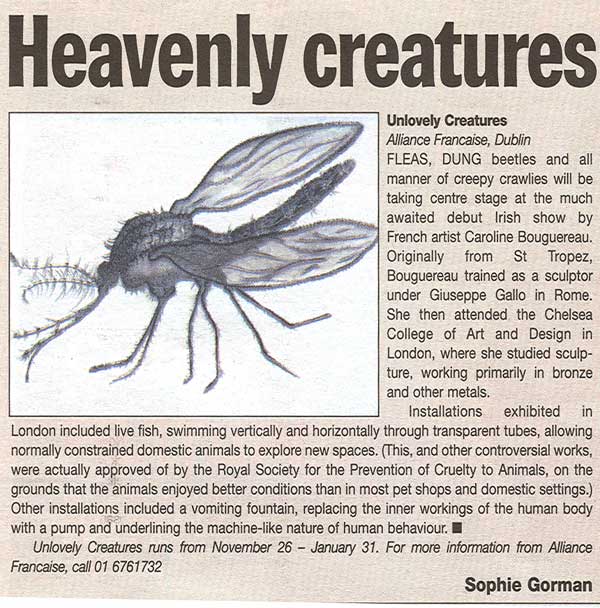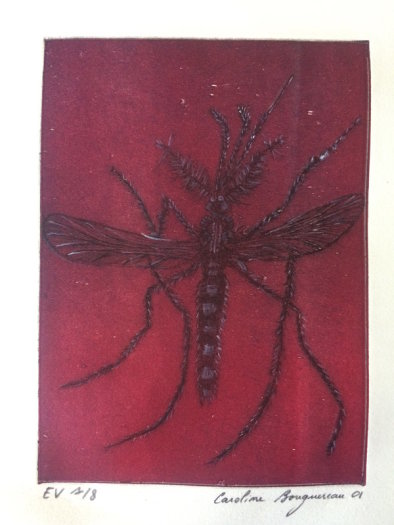Inaugurazione sabato 3 giugno 2023 ore 19.00
Galleria Visioni Altre
Campo del Ghetto Novo, 2918 – 30121 Venezia
1°- 30 giugno 2023
Apertura e orari mercoledì – domenica
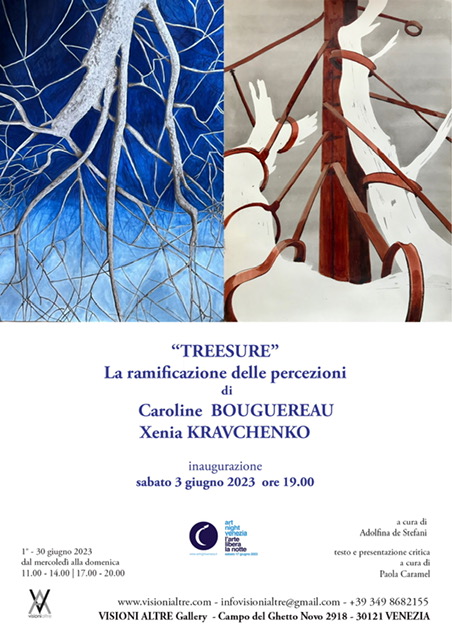


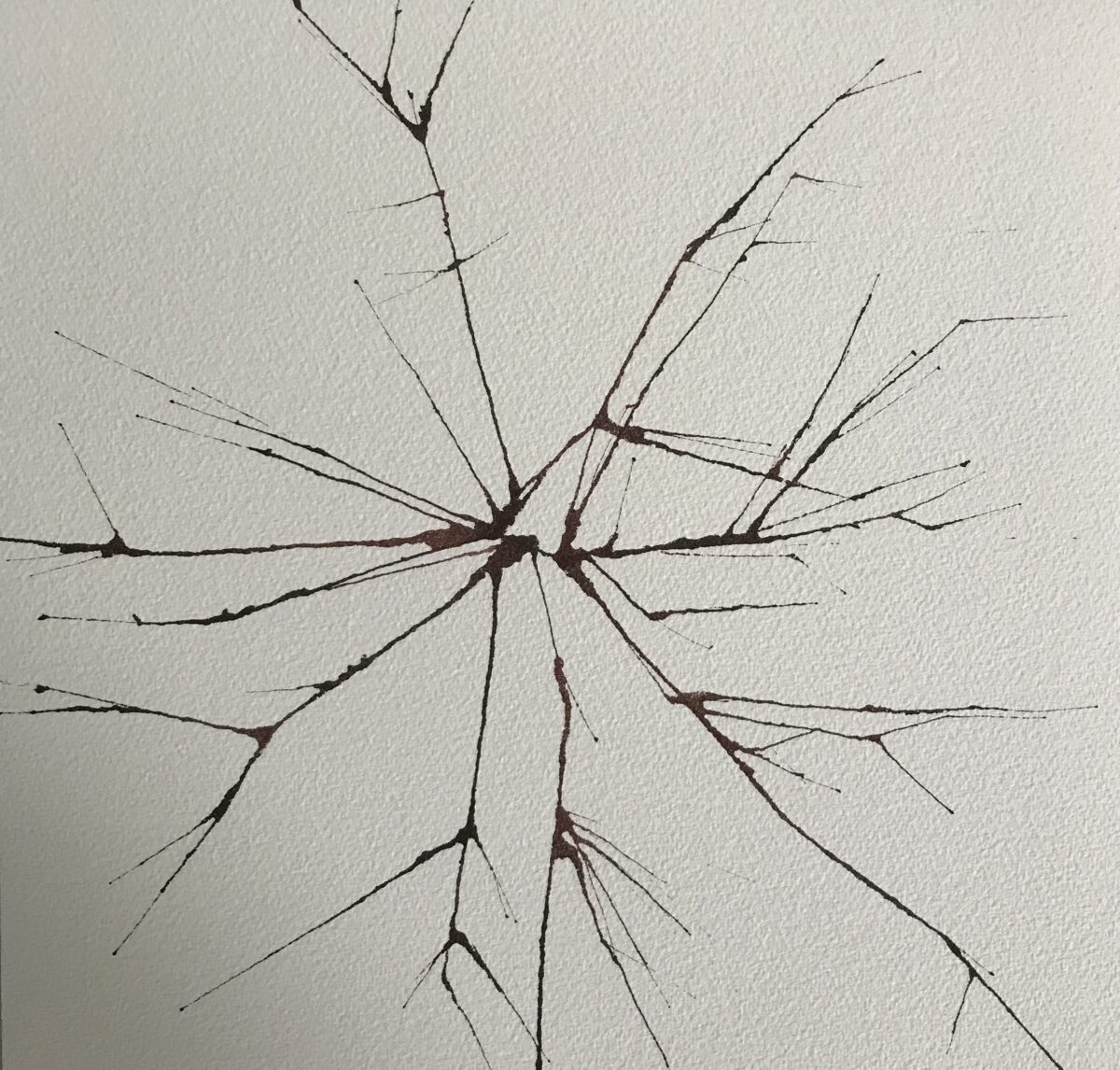
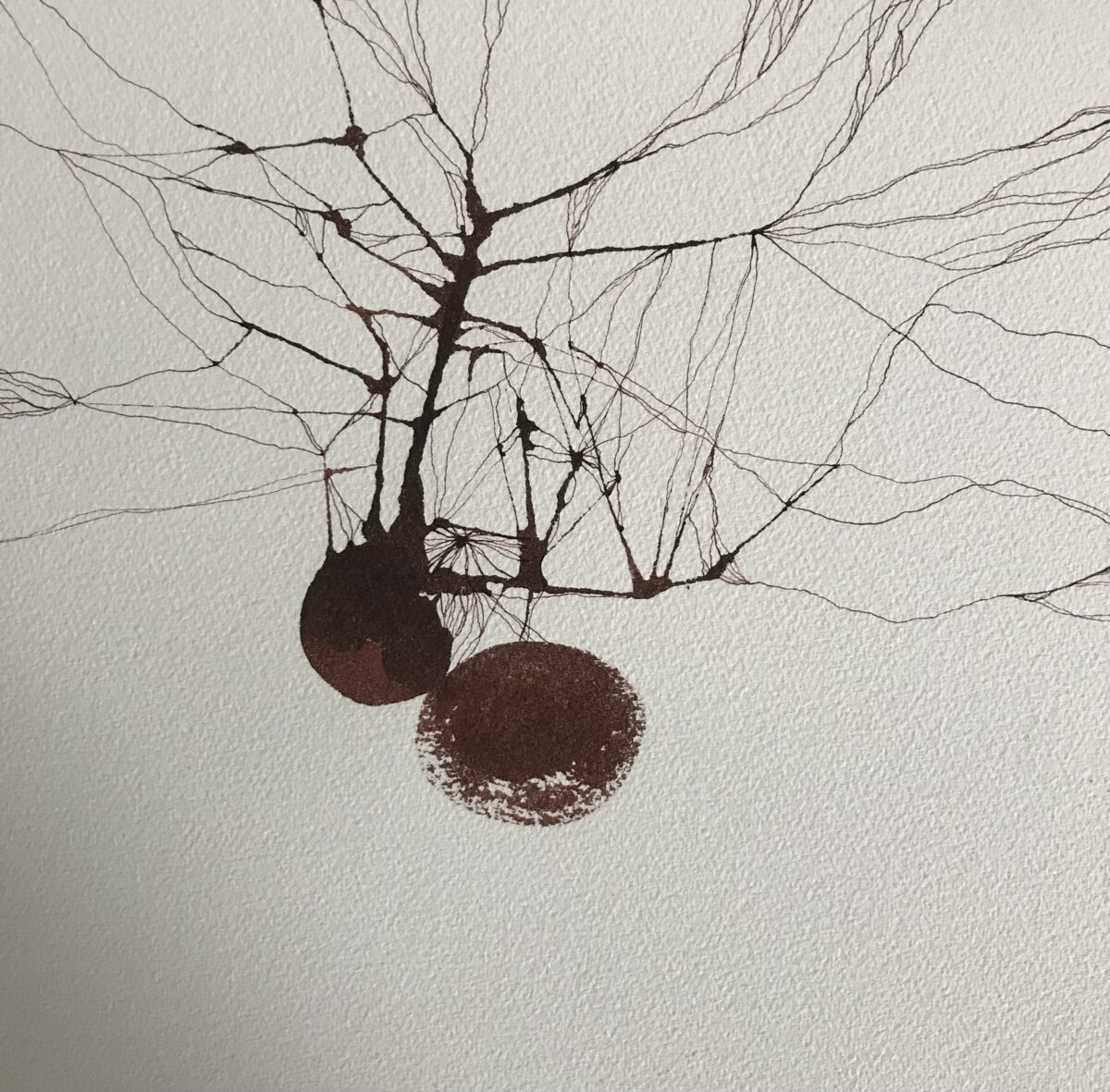
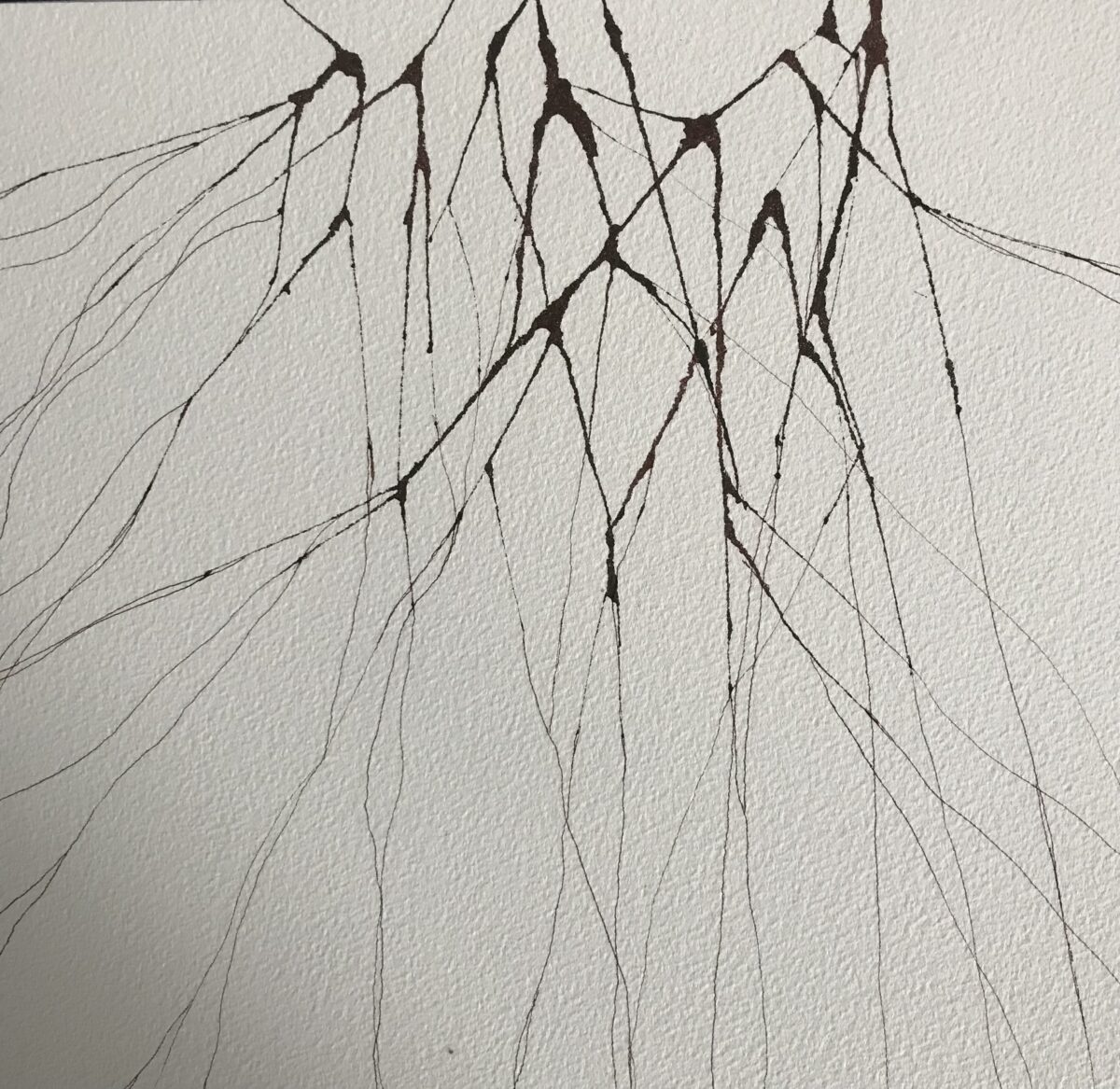
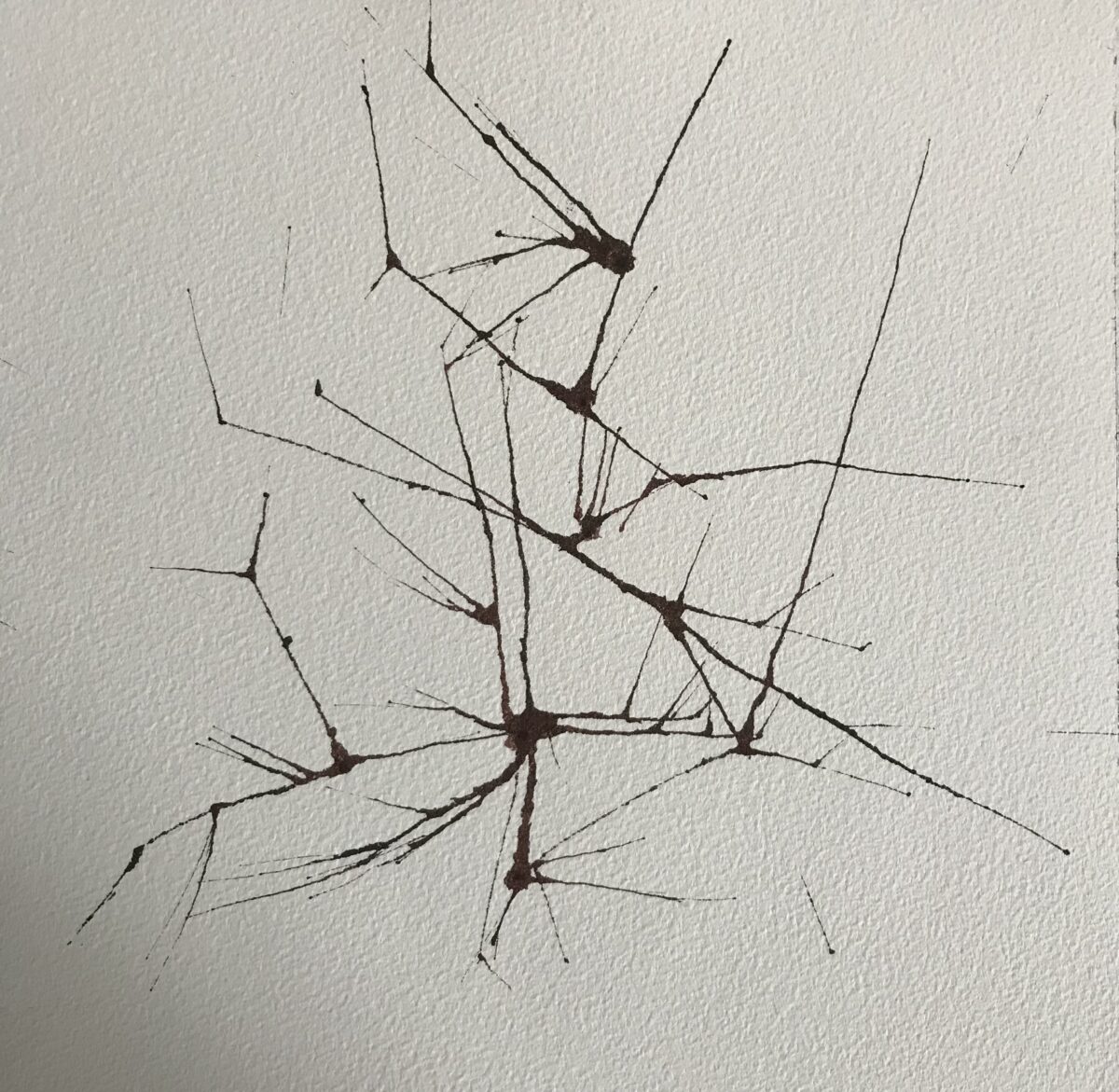
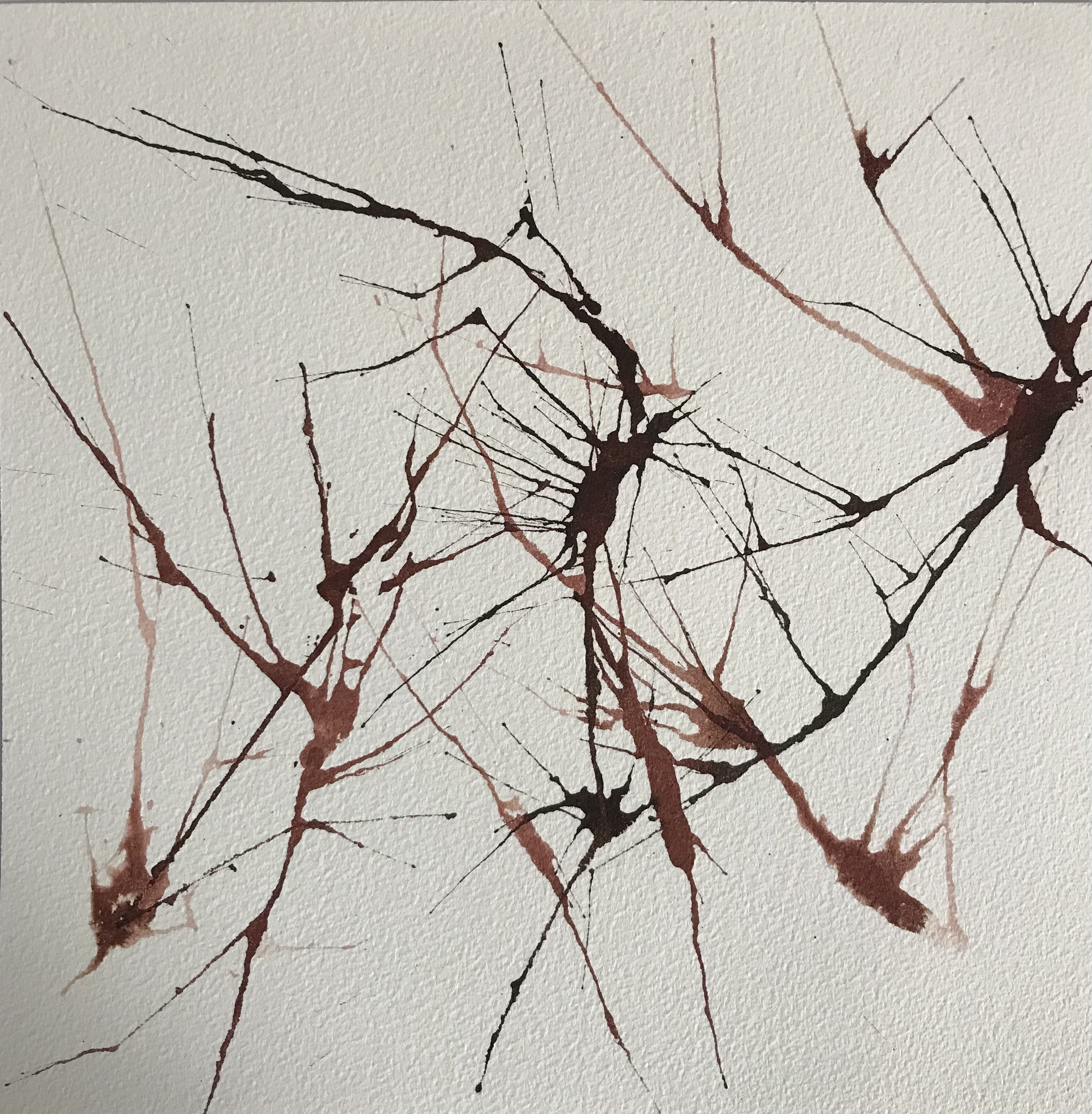
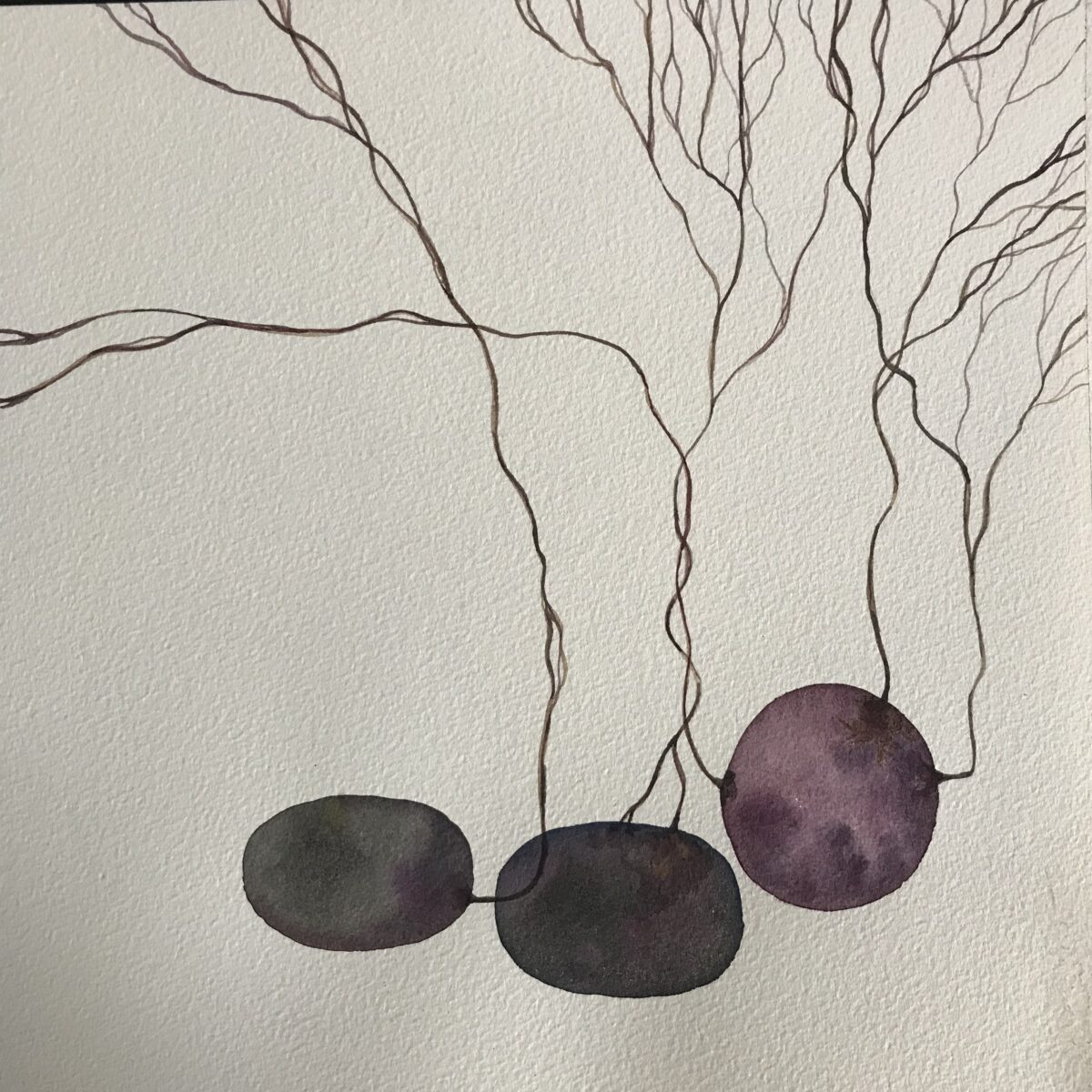
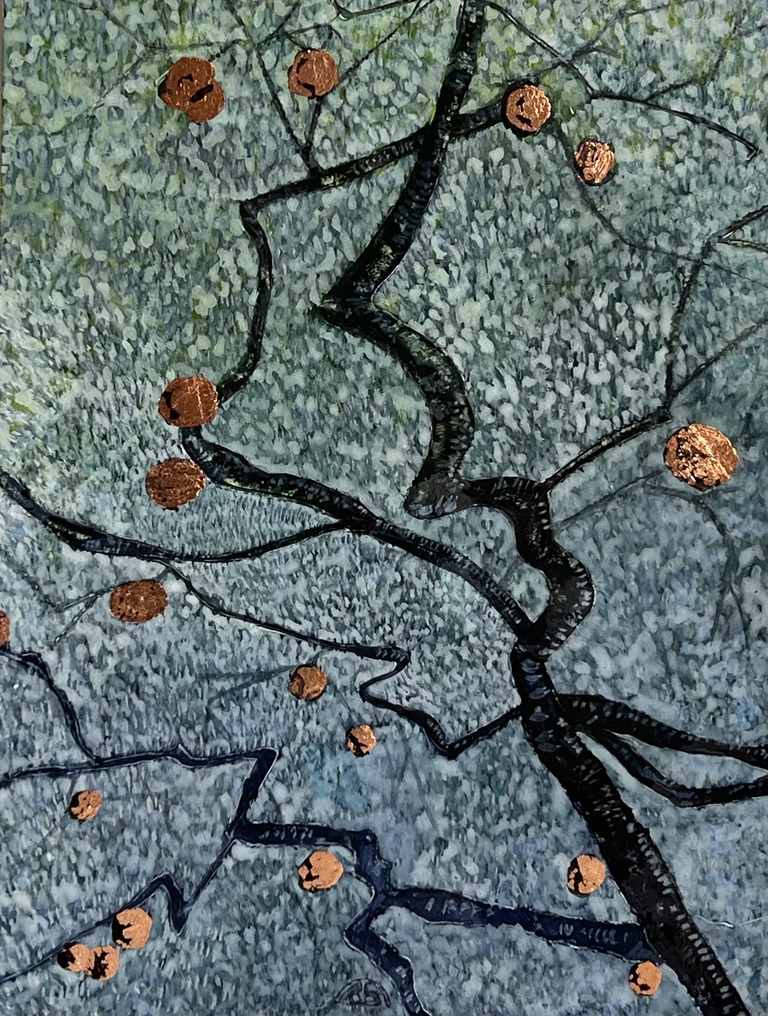
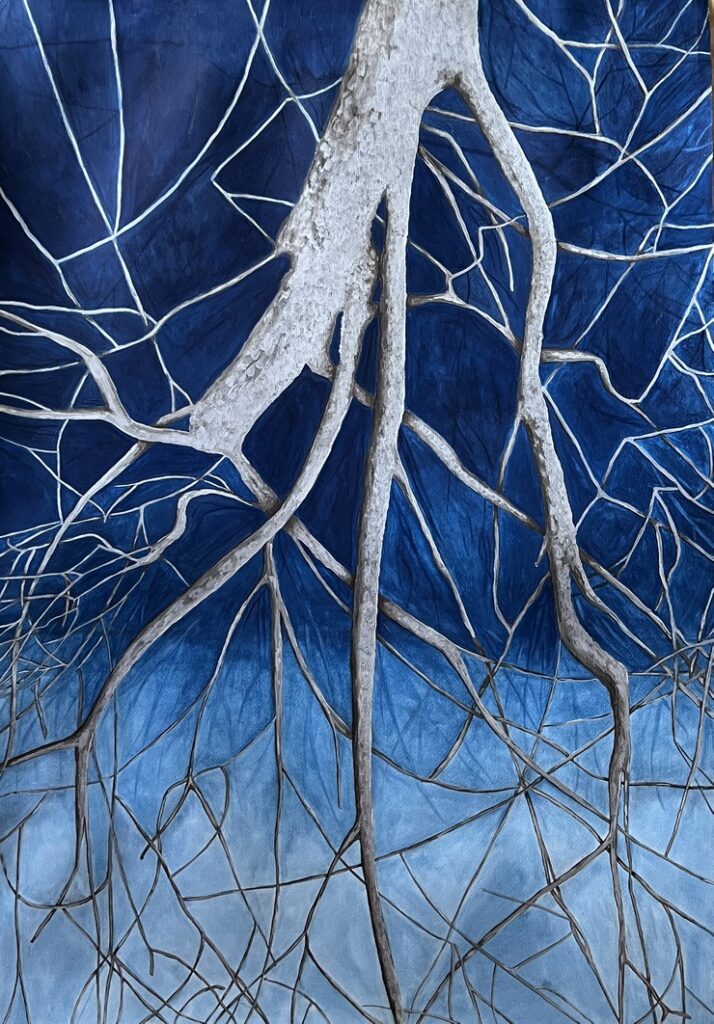
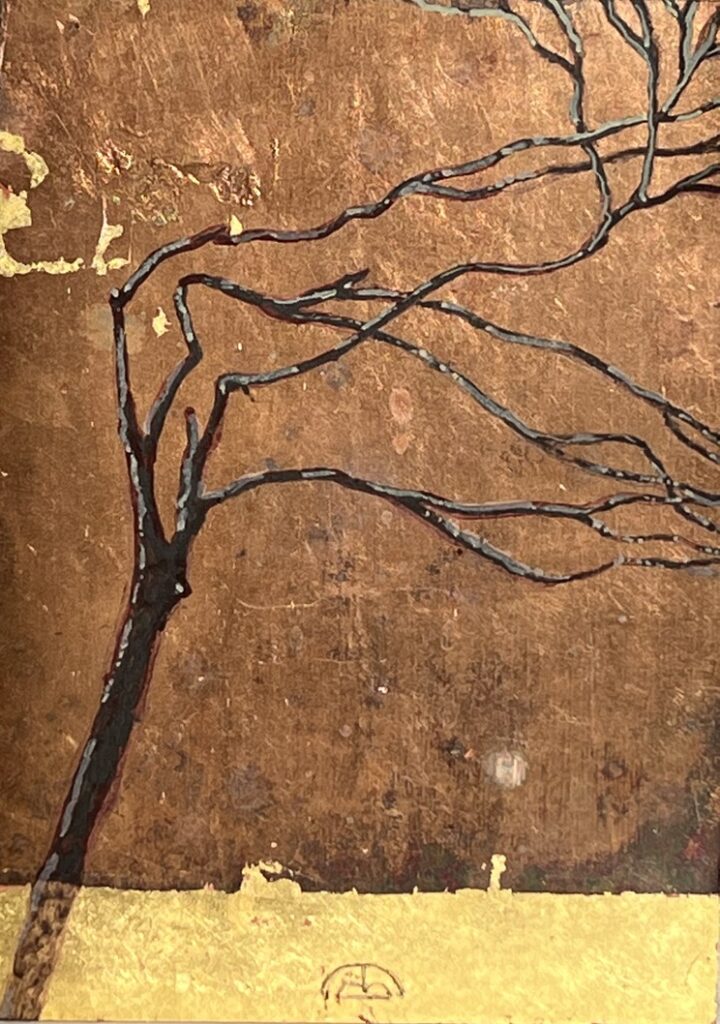
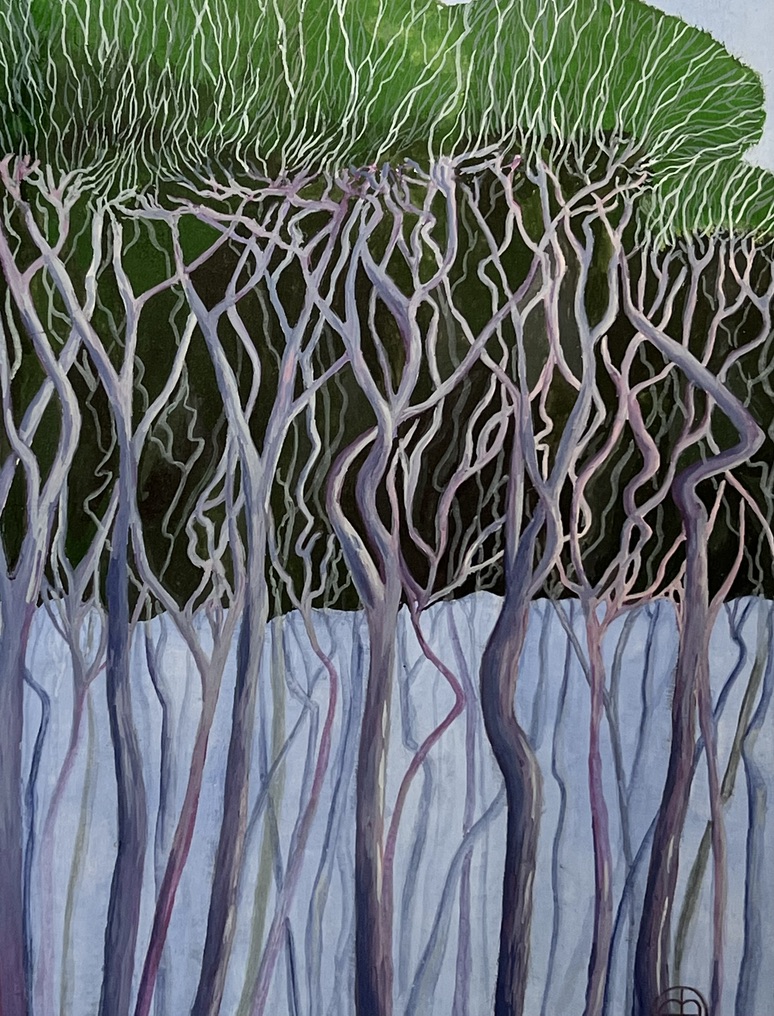
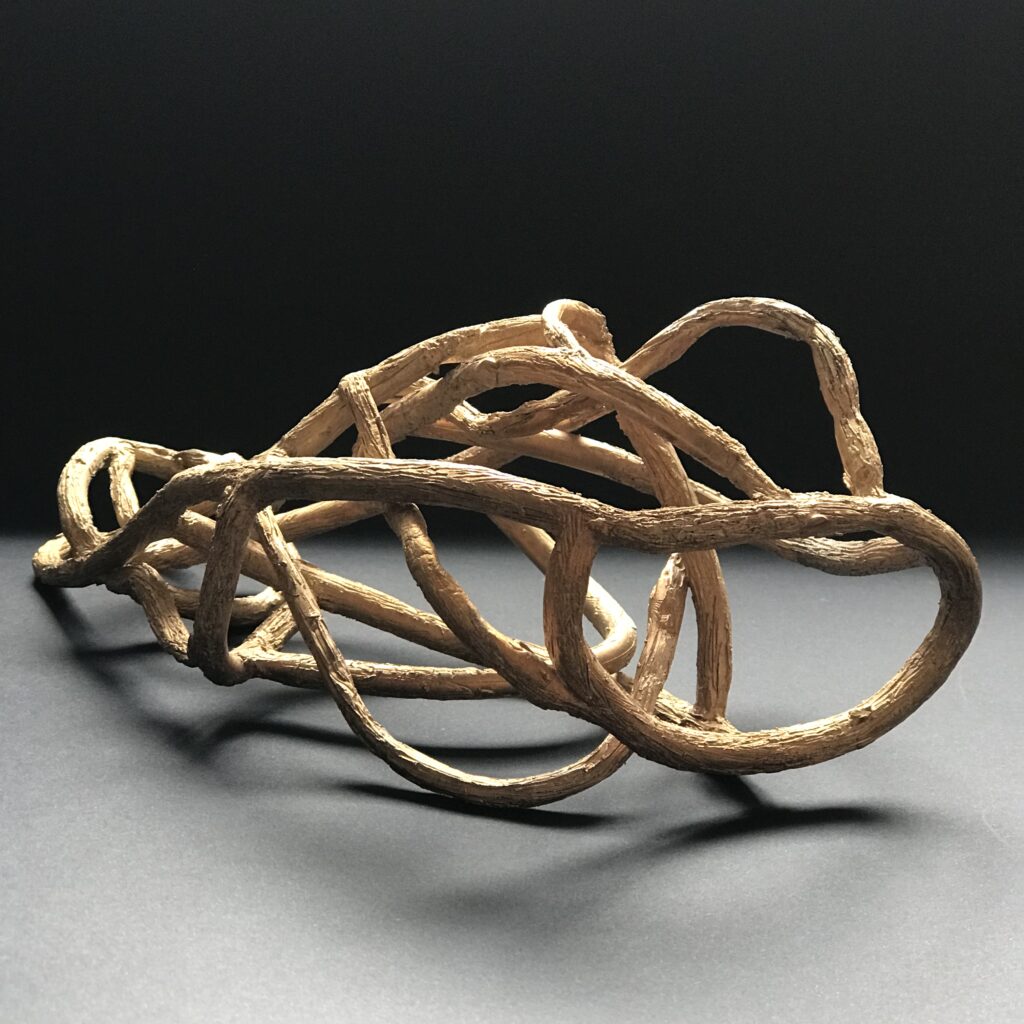
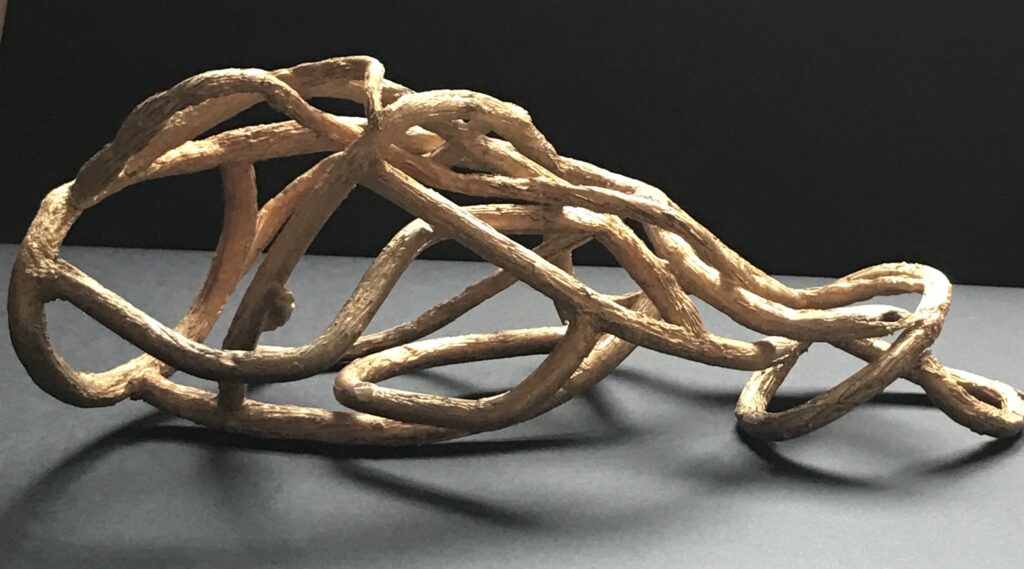
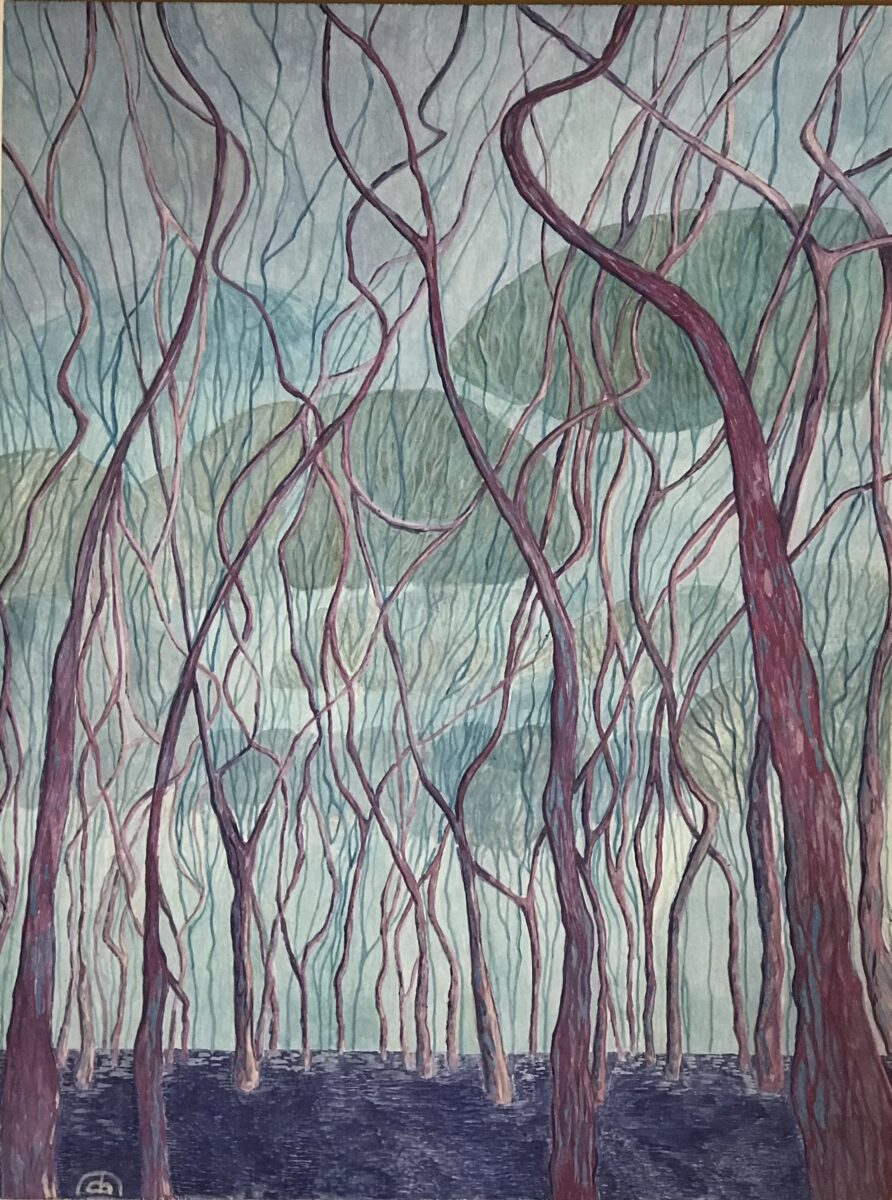
Inaugurazione sabato 3 giugno 2023 ore 19.00
Galleria Visioni Altre
Campo del Ghetto Novo, 2918 – 30121 Venezia
1°- 30 giugno 2023
Apertura e orari mercoledì – domenica
















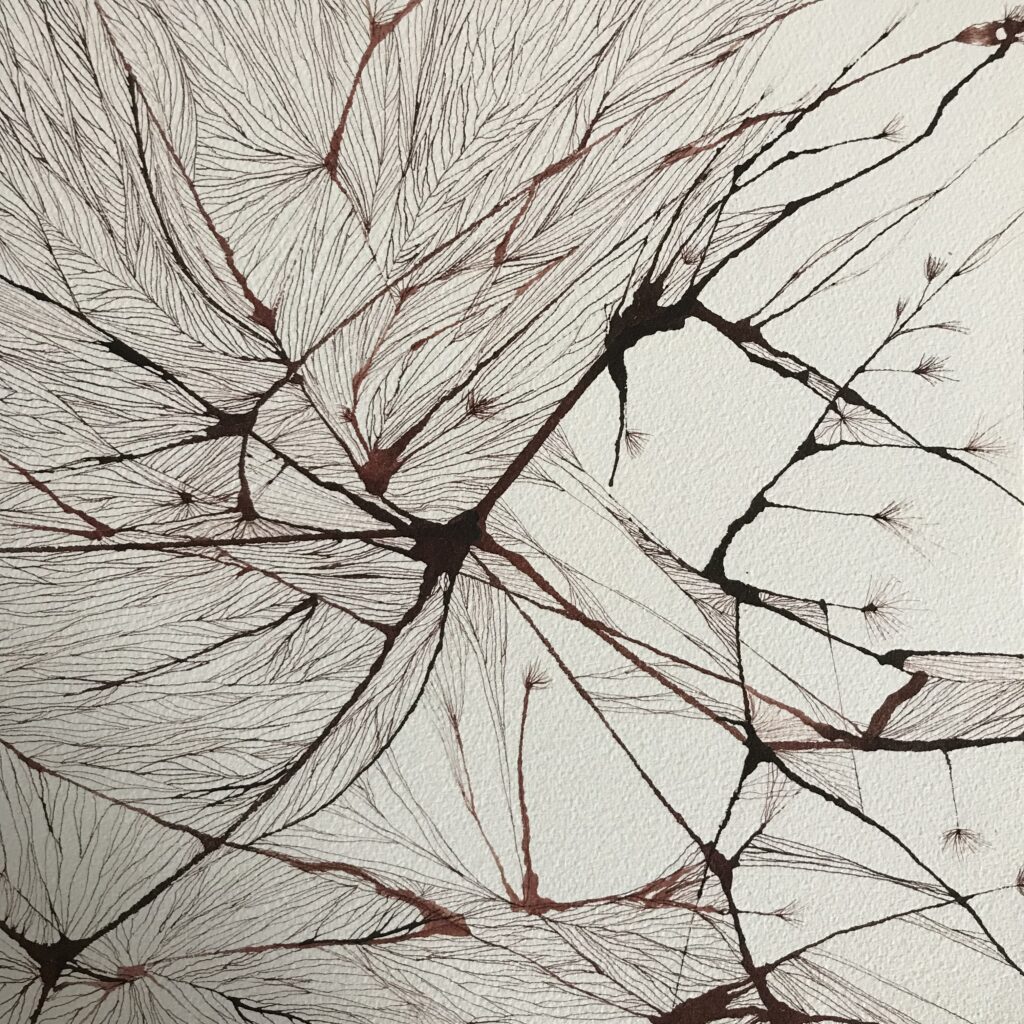
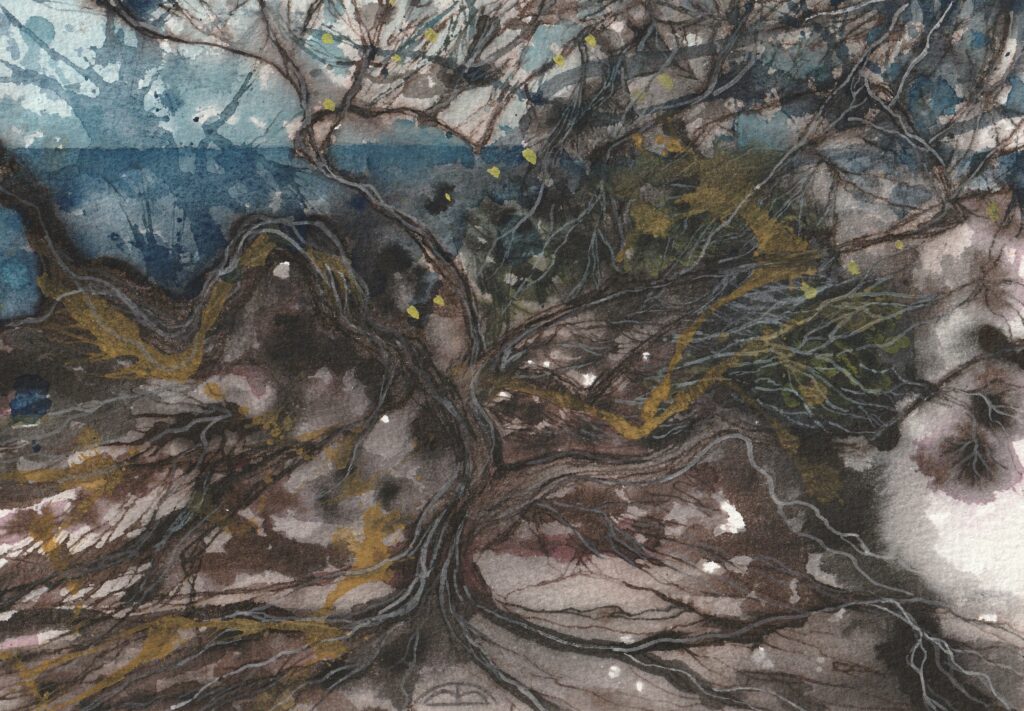
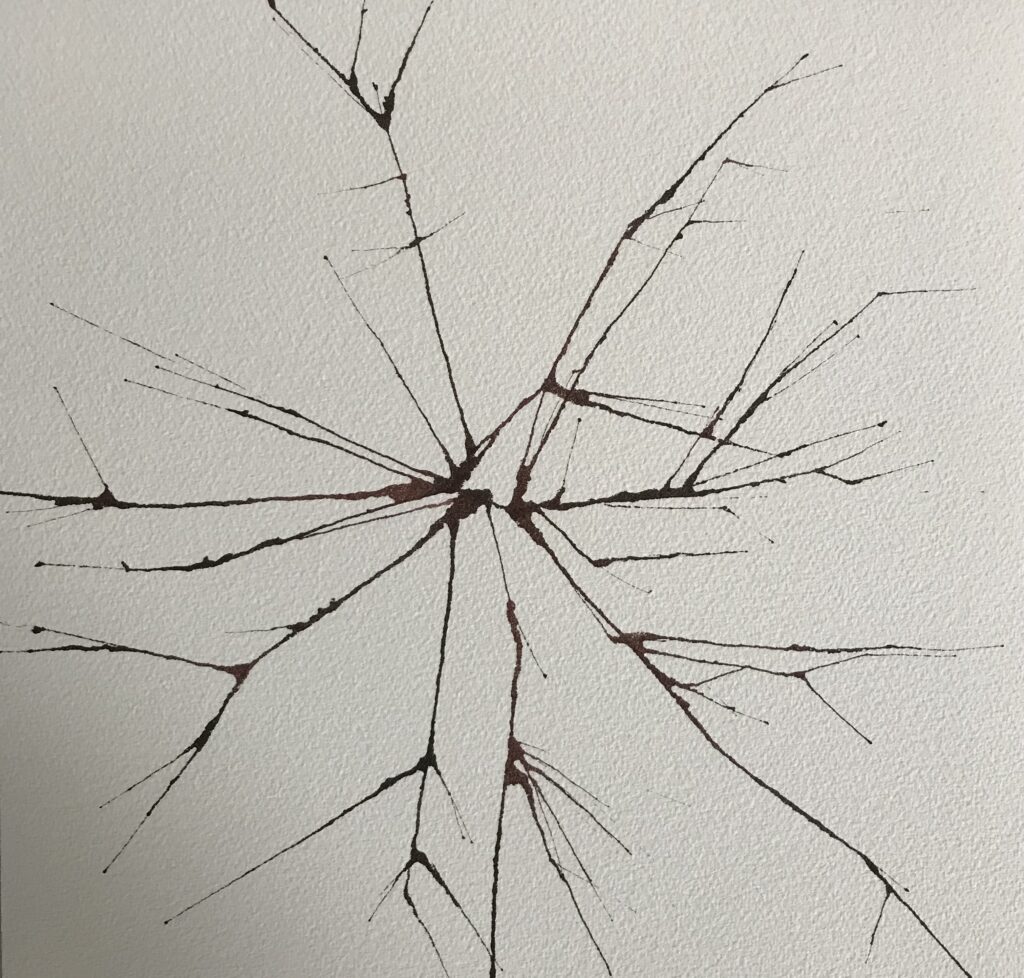
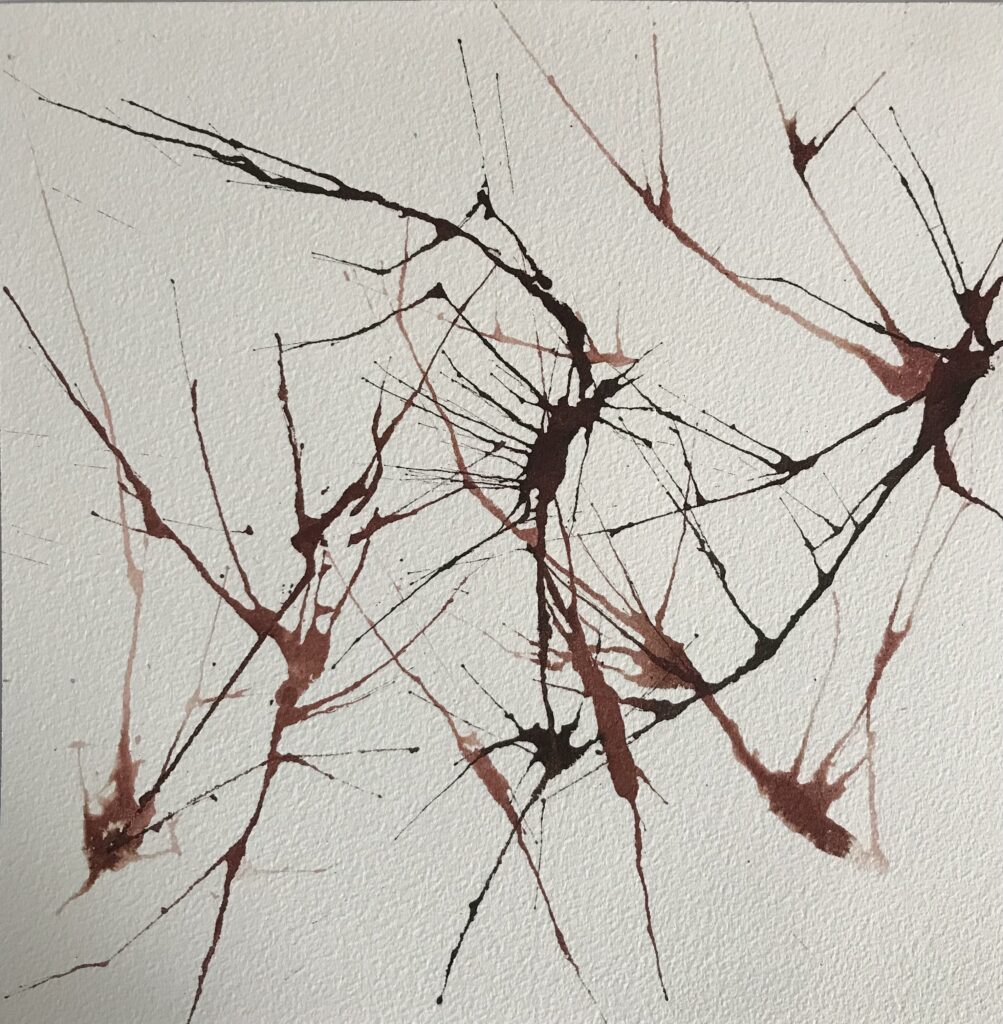

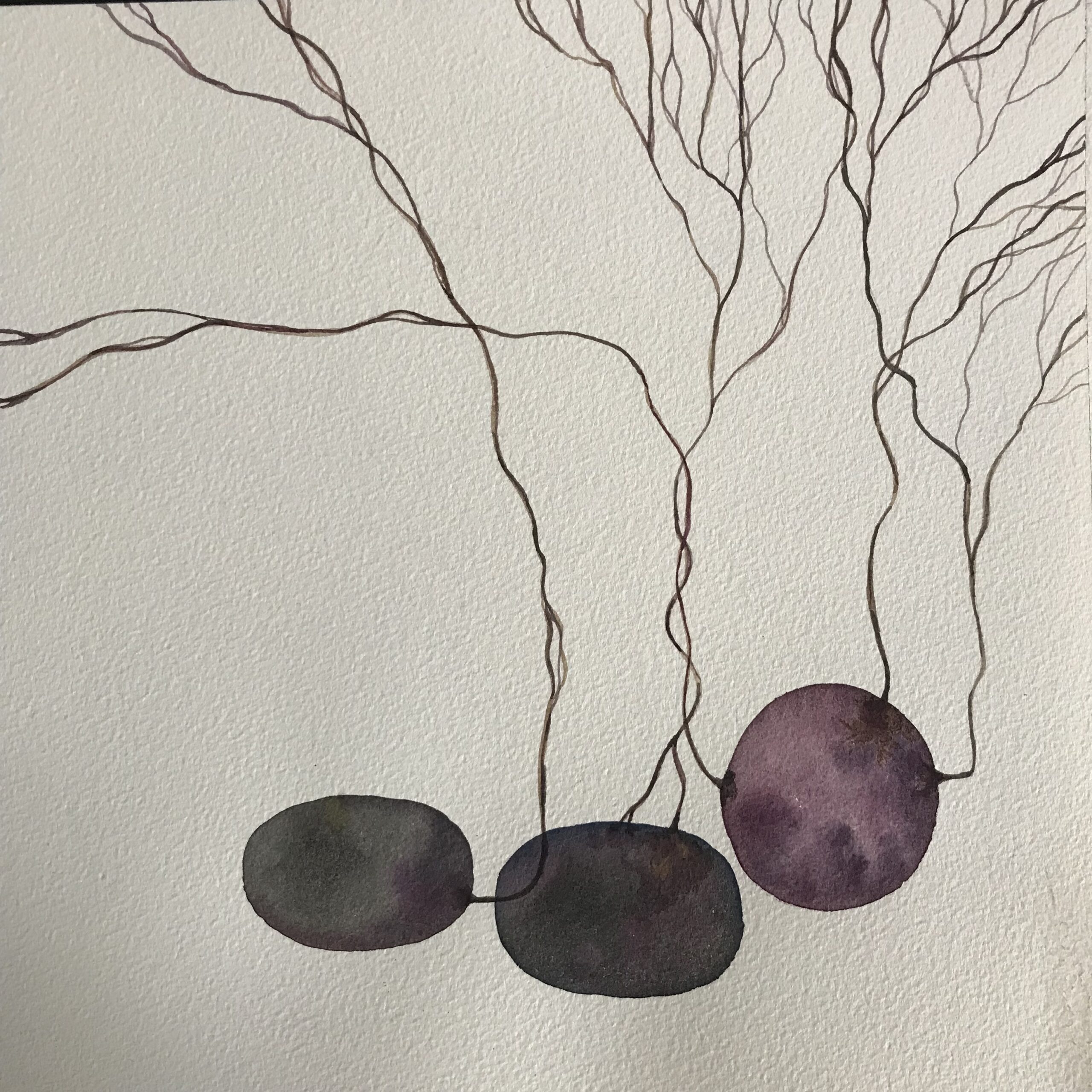


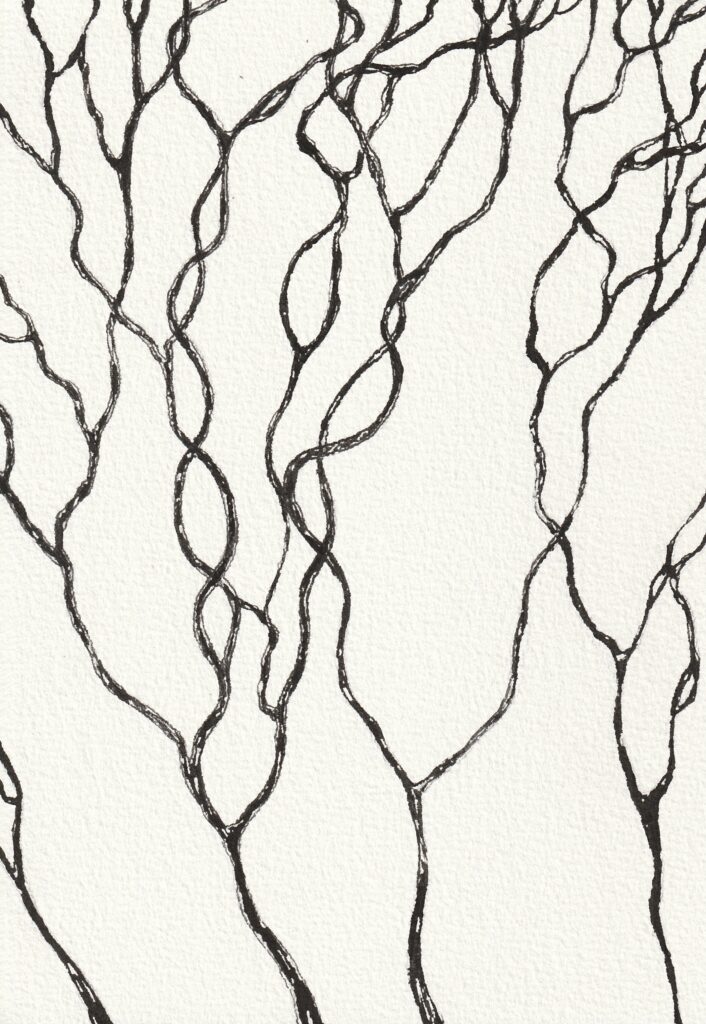



L’opera che più rappresenta Caroline Bouguereau
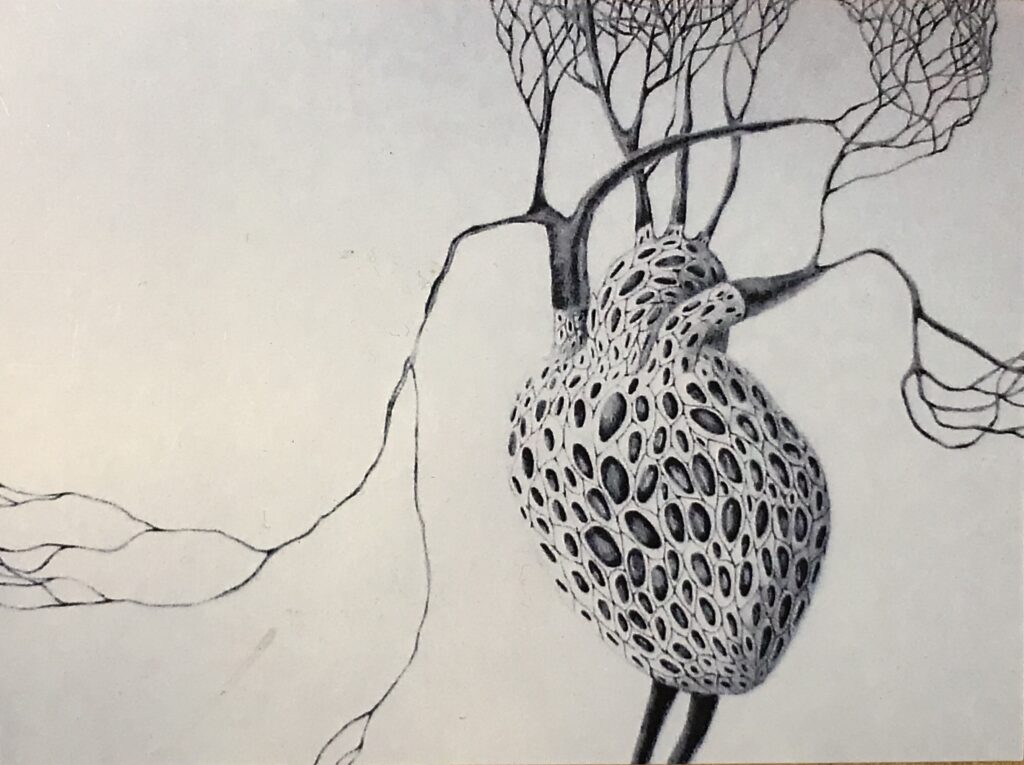
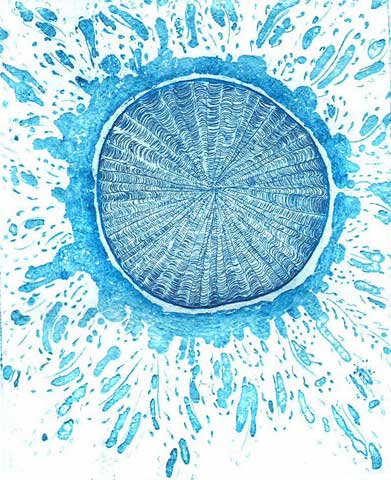
Caroline Bouguereau is a printmaker, sculptor, painter and ceramic artist with a training in glass blowing.
Her art works since her earliest projects have been inspired by natural curiosities, by the organic world or more generally by biological forms…
Drawing has always been for her an important part of the art process in any of her projects.
She found the technique of etching an engaging intersection between drawing and working with metals…
She re-discovered an alternative process to produce etchings using low voltage electricity to etch her plates and print them only with non- chemicals products to achieve an organic processed work.
One of her etching is on permanent exhibition at the Museum of Jurassic Technology in Los Angeles… The Natural History museum in Dublin has subsequently been an important point of reference for her. It gave her the opportunity to produce a series of drawings and etchings related to marine life using its collection and library…
The Merchant of Venice: Caroline Bouguereau – L’Homme Plante.Caroline Bouguereau’s L’Homme Plante drawings and ceramic sculptures are being shown for the first time in the new gallery, The Merchant of Venice in Campo Sant’ Angelo. The artist is seeking for an eremitic anatomy on the border between medicine and science, her art, since her earliest projects, has been inspired by natural curiosities, by the organic world or more generally by biological forms. She often explores microscopic details because they constitute a world unknown to the human eye.
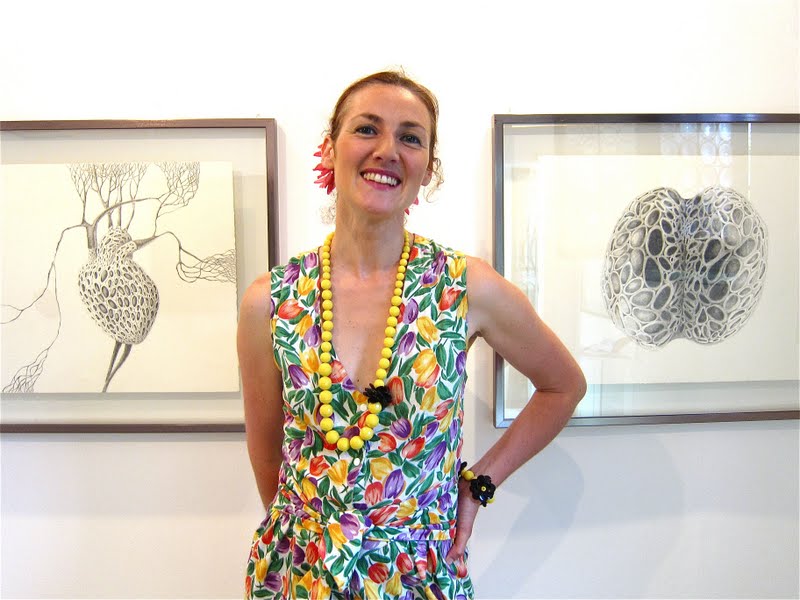
Professione: Storico dell’arte Nata nel 1975 in Provenza, Caroline Bouguereau ha studiato all’Université Paris I Panthéon-Sorbonne, dove ha ottenuto il Diploma di Studi Approfonditi in Storia dell’Arte e dell’Architettura nel 1998, sotto la direzione del professor Daniel Rabreau. Un’esperienza in qualità di assistente dell’artista Giuseppe Gallo a Roma ha dato grande impulso alla sua carriera professionale. Nel portare avanti la sua formazione artistica presso il dipartimento di scultura del Chelsea college of art and design di Londra, ha sviluppato i suoi primi progetti che mettono in collegamento l’arte e la storia delle scienze, in particolare delle sculture cinetiche ispirate all’opera di Galileo Dialogo sui due grandi sistemi del mondo, pubblicato nel 1632. Come artista in residenza allo
Stanford Humanities Laboratory dell’Università di Stanford negli Stati Uniti, partecipa all’artificial eyes project, focalizzato sulla ricerca e la ricostruzione storica di oggetti legati all’ottica. Nel 2001 ha ricostruito l’orologio storico di Athanasius Kircher in occasione di un’esposizione dedicata all’opera del gesuita ed erudito del XVII secolo, scultura in esposizione permanente alla biblioteca dell’Università di Stanford. Parallelamente si è interessata ai procedimenti non tossici di incisione tradizionale per elettrolisi e prodotti biologici. Alcuni suoi lavori appartengono a collezioni private e pubbliche; tra questi un’acquaforte sul tema dell’ottica in esposizione permanente al
Museum of Jurassic Technology di Los Angeles. Le richerche di Caroline Bouguereau in storia dell’arte sono attualmente dedicate al tema delle posizioni del papato nei confronti dele scienze e delle sue rappresentazioni, e più specificamente all’iconografia e all’accoglienza critica di Gerbert D’Aurillac, Papa Silvestro II, nell’epoca moderna. In effetti Gerbert, che fu papa nell’anno Mille, fu capace di trasmettere all’Europa Cristiana il sapere del mondo arabo, introducendo in Occidente, tra le altre cose, l’uso dell’astrolabio e delle cifre indo-arabe. Questo protagonista della storia delle scienze fu allo stesso tempo astronomo, inventore e musicista, ma anche un filosofo umanista dal ruolo politico decisivo per il rinnovamento dell’Occidente Cristiano alla fine del X secolo. A tutt’oggi il corpus iconografico relativo a questa figura eccezionale non è mai stato oggetto di studio. Caroline Bouguereau è borsista in Storia dell’Arte a Villa Medici per 12 mesi a partire da ottobre 2009.
Each pieces are inspired by organic live forms found in Nature like flowers, trees and mushrooms…to create phantasmagoric and burlesque chess characters.
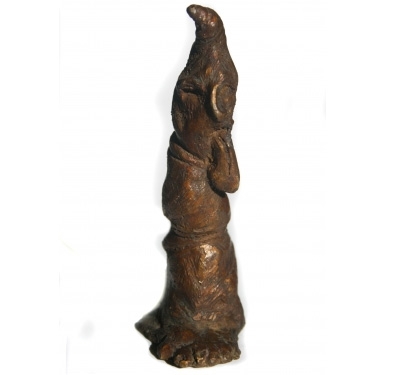
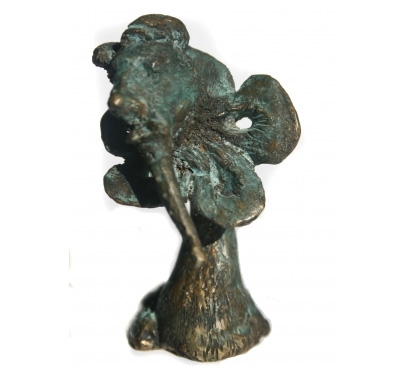
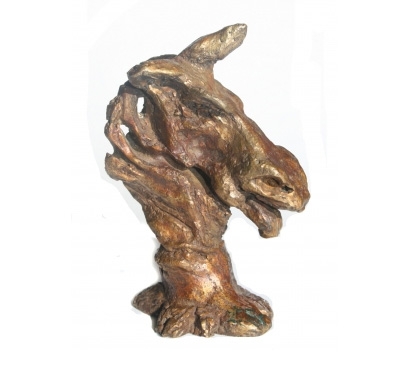
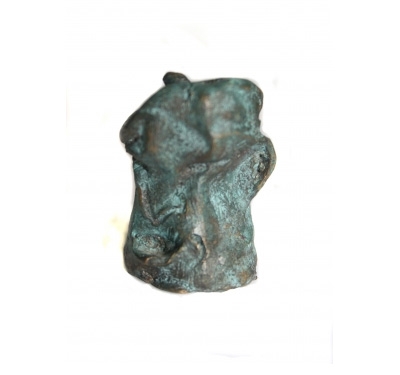
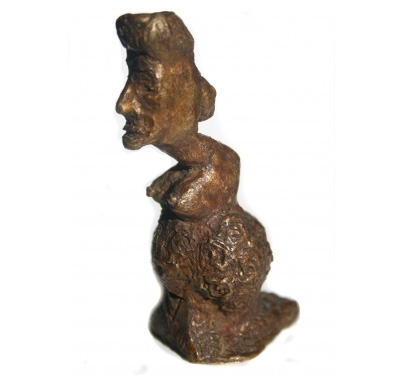
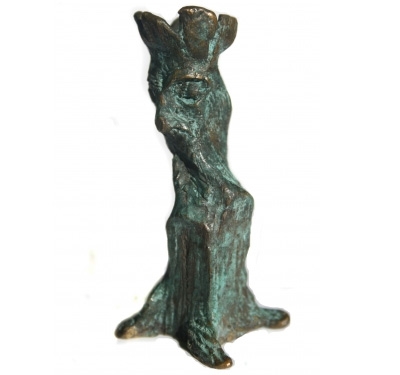
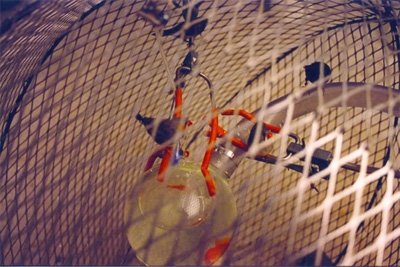
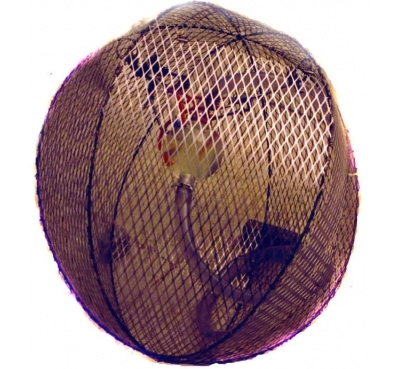
Experiment which alone shows the nullify of all those adduced against the motion of the earth.
“Shut yourself up with some friend in the main cabin below decks on some large ship, and have with you there some flies, butterflies, and other small flying animals. Have a large bowl of water with some fish in it; hang up a bottle that empties drop by drop into a wide vessel beneath it. With the ship standing still, observe carefully how the little animals fly equal speed to all sides of the cabin. The fish swim indifferently in all directions; the drops fall into the vessel beneath(…) have the ship proceed with any speed you like, so long as the motion is uniform and not fluctuating this way and that. You will discover not the least change in all effects named, nor could you tell from any of them whether the ship was moving or standing still.”
Galileo Galilei, Dialogo, 1632
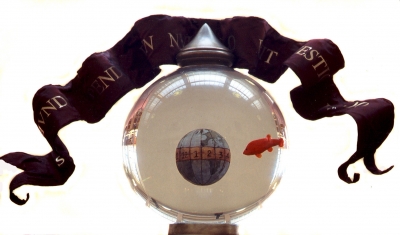
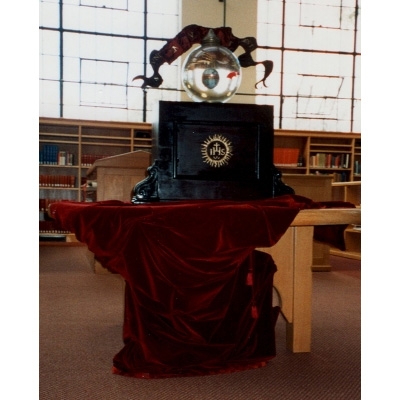
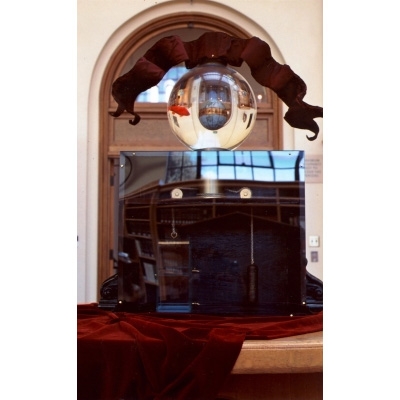
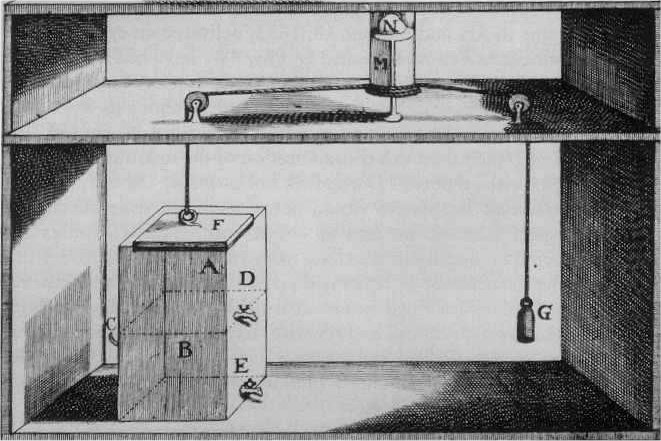
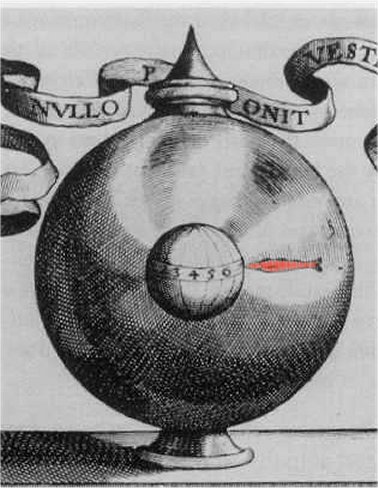
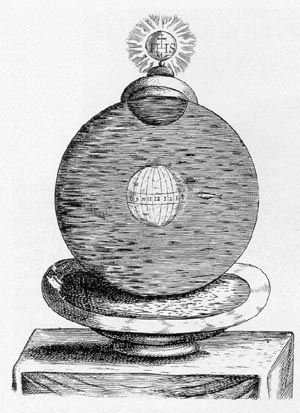
The machine is inspired by a seventeenth century machine designed to prove the motion of the earth, but really worked by a trick as revealed by the seventeenth century Jesuit polymath Athanasius Kircher. The machine uses hidden magnets to make the globe of the Earth rotate slowly. The fish made of glass, hovers mysteriously in the liquid and points to the correct time on the globe, so the machine is really a clock and a miniature model of the universe at the same time. The machine is now housed in Stanford University Libraries in the Lane Reading Room.
